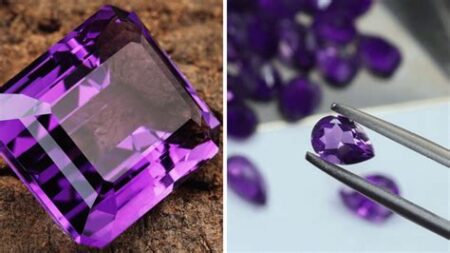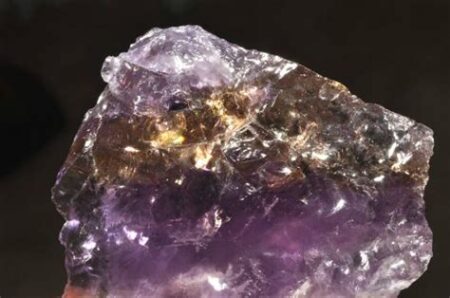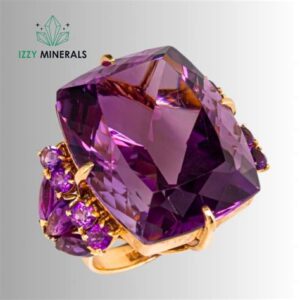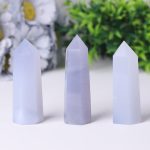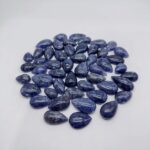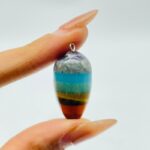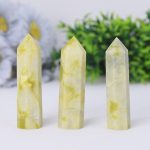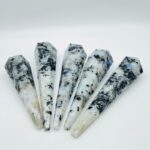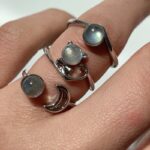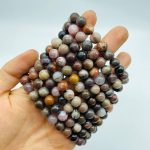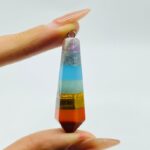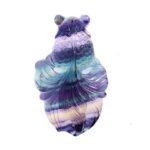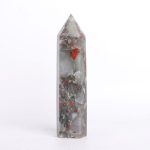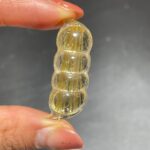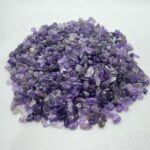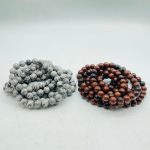Introduction: The Enchanting Allure of Goldstone Blue
Goldstone blue, a captivating azure that evokes both wonder and introspection, has mesmerized humanity for centuries. Its shimmering brilliance and enigmatic nature have inspired countless works of art, literature, and scientific exploration. This article delves into the fascinating world of goldstone blue, exploring its history, properties, applications, and the boundless potential it holds for innovation and inspiration.
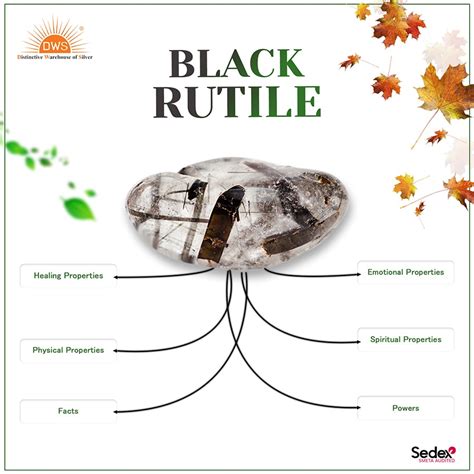
Historical Origins: From Venetian Alchemy to Modern Marvel
The origins of goldstone blue can be traced back to 17th century Venice, where alchemists stumbled upon a serendipitous discovery. While attempting to create artificial gold, they inadvertently produced a blue glass with a distinctive, iridescent quality. This enigmatic material, later known as goldstone, became a highly sought-after decorative element in jewelry and other luxury items.
Today, goldstone blue is primarily produced using a combination of silica, copper oxide, and other trace elements. The exact manufacturing process remains a closely guarded secret, but it is believed to involve the controlled precipitation of copper particles within the glass matrix, resulting in the characteristic shimmering effect.
Properties: Unlocking the Secrets of Goldstone Blue
Goldstone blue possesses a unique combination of properties that distinguish it from other materials.
Chemical Composition and Structure
Goldstone blue is a type of glass, composed primarily of silica (SiO2) with varying amounts of copper oxide (CuO) and other trace elements. The copper oxide content typically ranges between 2% and 10%, giving goldstone blue its distinctive blue color.
Optical Characteristics
The most striking feature of goldstone blue is its iridescent shimmer, which is caused by the precipitation of tiny copper particles within the glass matrix. These particles scatter light in a way that produces a shimmering, sparkling effect. Goldstone blue also exhibits strong absorption in the red and orange wavelengths, resulting in its deep blue appearance.
Physical Properties
Goldstone blue is a relatively hard and durable material, with a Mohs hardness rating of around 6.5. It is also resistant to scratching and abrasion, making it suitable for a wide range of applications. Its density is typically between 2.4 and 2.6 g/cm3.
Applications: Goldstone Blue Transforms Industries
The unique properties of goldstone blue have opened doors to a diverse range of applications across multiple industries.
Jewelry and Decorative Arts
Goldstone blue’s captivating beauty has made it a popular choice for jewelry, particularly in pendants, earrings, and rings. It is also used in decorative arts, such as mosaics, stained glass, and sculptures.
Industrial Applications
Goldstone blue’s hardness and durability make it suitable for industrial applications, including as a wear-resistant coating for cutting tools and as an abrasive in polishing compounds. Its resistance to corrosion and thermal shock also makes it a valuable material for high-temperature applications.
Scientific Research
Goldstone blue has attracted significant interest in scientific research due to its optical properties. Its ability to scatter light in a controlled manner has led to its use in lasers, optical filters, and sensors.
Potential: Shaping the Future with Goldstone Blue
The boundless potential of goldstone blue continues to spark innovation and inspire new applications. Research and development efforts are exploring novel uses in fields such as:
- Advanced Optics: Goldstone blue’s unique optical properties could enable the development of next-generation optical devices, such as ultra-sensitive sensors and efficient lasers.
- Energy Storage: Goldstone blue is being investigated for potential use in energy storage devices due to its ability to absorb and release light efficiently.
- Biomedical Applications: The biocompatible nature of goldstone blue makes it a promising material for biomedical applications, such as drug delivery and tissue engineering.
- Architecture and Design: The aesthetic appeal and structural integrity of goldstone blue offer exciting possibilities for innovative architectural designs and artistic creations.
Benefits: Embracing the Advantages of Goldstone Blue
The adoption of goldstone blue across industries is driven by its numerous benefits:
- Aesthetic Versatility: Its captivating color and iridescent shimmer make it an attractive material for both decorative and functional applications.
- Durability and Resistance: Goldstone blue’s hardness and resistance to scratching, abrasion, corrosion, and thermal shock ensure longevity in a wide range of environments.
- Optical Properties: Its ability to scatter light in a controlled manner opens up possibilities for advanced optics, energy storage, and biomedical applications.
- Manufacturing Versatility: Goldstone blue can be produced in various forms, including sheets, rods, and powders, allowing for customization to meet specific requirements.
Conclusion: Unbound Potential and Enduring Allure
Goldstone blue stands as a testament to human ingenuity and the wonders that can arise from unexpected discoveries. Its captivating beauty and unique properties have inspired countless works of art, scientific advancements, and innovative applications. As research and development continue to unlock the boundless potential of goldstone blue, it is poised to shape the future of optics, energy, medicine, and design. Its enduring allure and the possibilities it holds promise to inspire generations to come.
Table 1: Physical and Optical Properties of Goldstone Blue
| Property | Value |
|---|---|
| Mohs Hardness | 6.5 |
| Density | 2.4-2.6 g/cm3 |
| Refractive Index | 1.52-1.56 |
| Color | Deep blue |
Table 2: Industrial Applications of Goldstone Blue
| Application | Benefits |
|---|---|
| Cutting Tool Coatings | High wear resistance |
| Polishing Compounds | Efficient abrasive |
| Protective Coatings | Resistance to corrosion and high temperatures |
Table 3: Potential Applications of Goldstone Blue in Advanced Optics
| Application | Potential Benefits |
|---|---|
| Lasers | Efficient light amplification and beam shaping |
| Optical Filters | High precision color and wavelength selection |
| Sensors | Enhanced sensitivity and accuracy |
Table 4: Benefits of Goldstone Blue for Biomedical Applications
| Benefit | Applications |
|---|---|
| Biocompatibility | Drug delivery, tissue engineering |
| Light Absorption and Release | Optical imaging, photodynamic therapy |
| Controlled Light Scattering | Tissue regeneration, biosensing |

